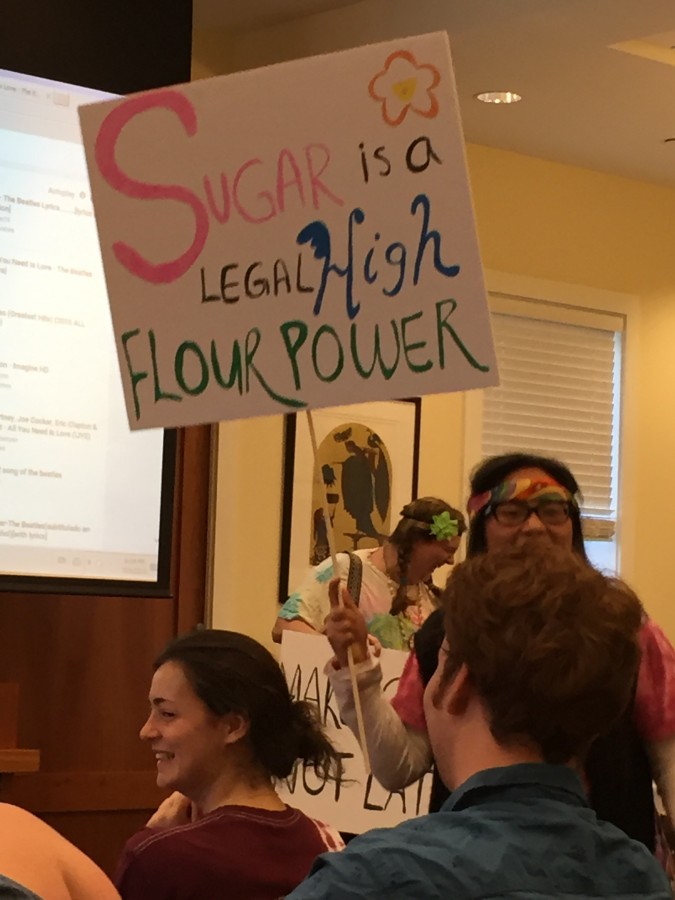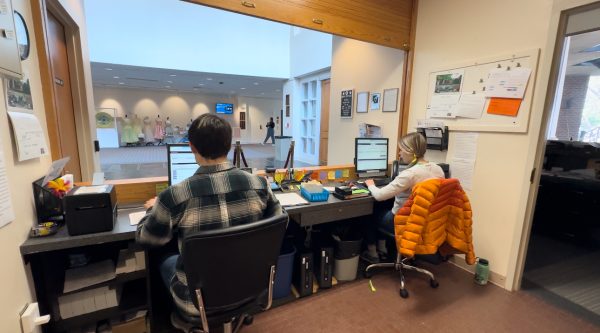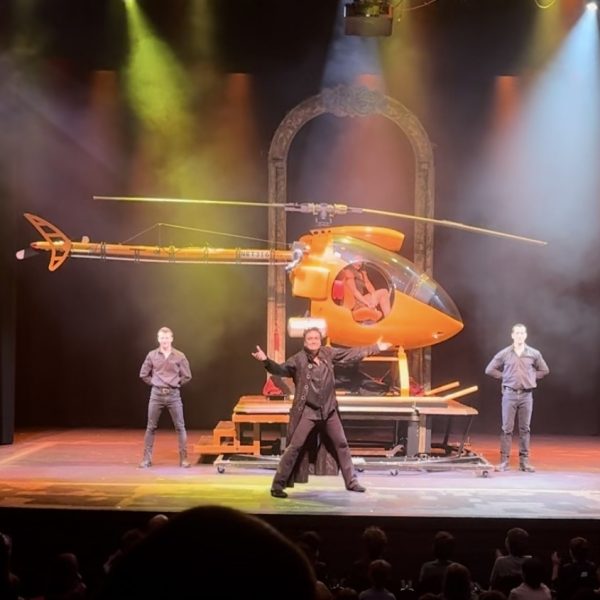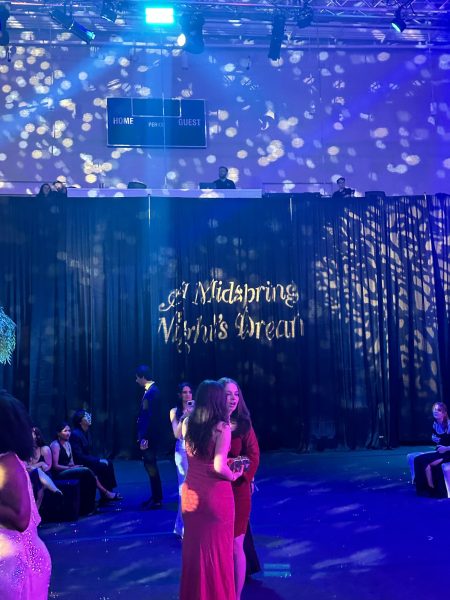Hillel hosts annual debate
VMI and W&L professors debate which traditional Jewish food is better in Hillel’s annual Latke-Hamantash debate
March 21, 2016
First-time attendees at Hillel’s annual Latke-Hamantash debate on March 16 may have been surprised by how often they needed to suppress their instinct to duck and cover over the course of the debate.
The debate was energetic from the very beginning. Debating for Team Hamantash, Assistant Professor of Sociology Dr. Lynn Chin would hurl candy through the crowd, as Event Coordinator Shlomo Honig, ‘18, sternly reminded the debaters that clawing, biting, kicking, projectile throwing, or cursing would not be tolerated.
For those who are not familiar with the debate, the Latke-Hamantash debate is a tradition recreated on many university campuses across the country. University professors use their own specific disciplines and research methods to attempt to prove which traditionally Jewish food is better: the latke, sometimes referred to as a potato pancake, or the hamantash, a triangular pastry that is topped with a variety of jams or spreads.
This year, the historically “spirited”—or, as Campus Notices put it, “downright subversive”—debate had an additional layer of competition.
For the first time, Team Latke was made up of two Virginia Military Institute professors: Col. Greg Hartman, who teaches Applied Mathematics, and Col. Wade Bell, who teaches Biology. Team Hamantash was made up to two W&L professors: Dr. Sara Sprenkle, who teaches Computer Science, and Dr. Lynn Chin, who teaches Sociology.
“I think this year having the competition between W&L and VMI just took it to the next level,” Director of Hillel Megan McLean said. “People were so competitive and really wanted to win.”
McLean added that there is a lot that goes on behind the scenes of the debate that people don’t know about.
“We had a lot of trash talk that went on ahead of time, for a few weeks actually—the teams were emailing each other trying to psych each other up,” McLean said. “It adds a lot to the debate when they come in, and they are ready to crush each other.”
Despite the fact that none of the debaters in this year’s event are actually Jewish, the four professors gave presentations that clearly represented serious effort and dedication to their chosen teams.
The debaters did not shy away from making strong statements—from Chin’s experiments comparing the ability of Latke and Hamantash to create social cohesion to Hartman’s analysis of the geometric properties of the foods’ shapes.
“The latke is a perfect food,” Bell argued. “But the hamantash is the food of ancient evil. And it is the source of foul disease.”
Honig praised the four professors’ efforts.
“The professors were really enthusiastic and really got into character,” Honig said.
Despite the competitiveness, the audience did choose a winner at the end of the night.
“It’s a tough question, but the audience chose hamantash and they’ve won for many years,” McLean said.
The Latke-Hamantash debate was organized by W&L’s Hillel. More information about Hillel’s future events can be found online at www.wlu.edu/hillel or on social media.













